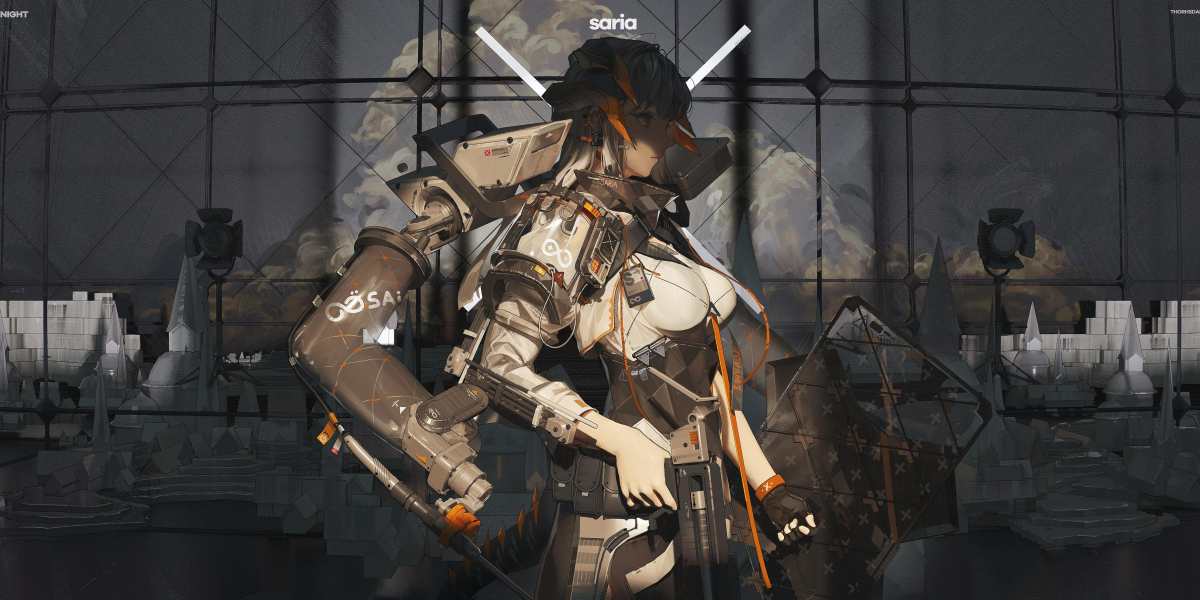Unveiling the Magic of FDM 3D Printing: Your Gateway to Creativity!
Fused Deposition Modeling (FDM) 3D printing has revolutionized the landscape of additive manufacturing, making it more accessible and versatile than ever before. This innovative process allows users to create intricate three-dimensional objects by layering thermoplastic materials, which is a game-changer for hobbyists, designers, and engineers alike. With its growing significance across various industries, from prototyping to healthcare, the interest in FDM technology has surged. As individuals and businesses seek to harness the power of 3D printing, understanding the fundamentals of FDM can unlock a world of creative possibilities.

Understanding FDM 3D Printing
Fused Deposition Modeling (FDM) is a 3D printing technology that works by extruding a thermoplastic filament through a heated nozzle. This process builds objects layer by layer, allowing for the creation of complex geometries that would be difficult or impossible to achieve with traditional manufacturing methods. The materials commonly used in FDM printing include PLA (Polylactic Acid), ABS (Acrylonitrile Butadiene Styrene), and PETG (Polyethylene Terephthalate Glycol). Each material offers unique properties, making them suitable for various applications—PLA is known for its ease of use and eco-friendliness, while ABS is favored for its strength and durability. My friend Sarah, an avid 3D printing enthusiast, often shares her experiences using these materials. She finds that experimenting with different filaments not only enhances the quality of her prints but also expands her creative horizons.
How FDM 3D Printing Works
The FDM printing process begins with designing a 3D model using computer-aided design (CAD) software. Once the model is ready, it needs to be sliced into thin layers using slicing software, which converts the design into a format the printer can understand. This software allows users to adjust print settings such as layer height, infill density, and print speed, optimizing the output for their specific needs. After slicing, the printer begins the operation: the nozzle melts the thermoplastic filament and extrudes it onto the build platform, where it cools and solidifies. The printer continues this layering process until the model is complete. During this step, my friend Alex, who has a home-based 3D printing setup, often shares how crucial the calibration of the printer is for achieving successful results. He emphasizes that a well-calibrated machine can significantly reduce the likelihood of print failures.
Applications of FDM 3D Printing
FDM 3D printing has found applications across numerous sectors, showcasing its versatility and effectiveness. In prototyping, designers can quickly create functional models to test concepts before committing to production. In education, FDM printers are used to engage students in hands-on learning, allowing them to bring their ideas to life. The healthcare sector has also embraced FDM technology, utilizing it to produce custom prosthetics and surgical models that enhance patient care. For instance, a local hospital in my area recently used FDM printing to create a model of a patient’s heart, aiding surgeons in preparing for a complex procedure. In manufacturing, FDM is increasingly being used for creating tools and fixtures, reducing lead times and costs. The innovations made possible by FDM technology are truly inspiring and continue to push the boundaries of what can be achieved with 3D printing.
Benefits and Limitations of FDM 3D Printing
One of the main advantages of FDM 3D printing is its accessibility. With a range of affordable printers available, hobbyists and small businesses can easily enter the world of 3D printing without significant financial investment. Additionally, FDM is cost-effective when it comes to materials, as thermoplastic filaments are generally less expensive than resins used in other printing methods. The ease of use also makes FDM a popular choice among beginners. However, it’s important to consider some limitations. For instance, while FDM can produce durable parts, the print quality may not match that of other technologies, such as SLA (Stereolithography). Furthermore, certain materials may restrict the range of applications, and print speed can be a factor for larger projects. My friend Matt, who works in product design, often highlights these trade-offs when discussing the suitability of FDM for specific projects, reminding us that understanding these limitations is key to leveraging FDM effectively.
Maximizing Your FDM 3D Printing Experience
In conclusion, FDM 3D printing stands as a fascinating and innovative technology that opens up a wealth of creative opportunities. By understanding its principles, processes, applications, and both its benefits and limitations, individuals can harness the full potential of this powerful tool. Whether you're a hobbyist looking to create unique designs or a professional seeking efficient prototyping methods, FDM 3D printing can transform your ideas into tangible realities. As the technology continues to evolve, it holds the promise of even greater advancements, encouraging everyone to explore the endless possibilities that FDM has to offer in their projects.








